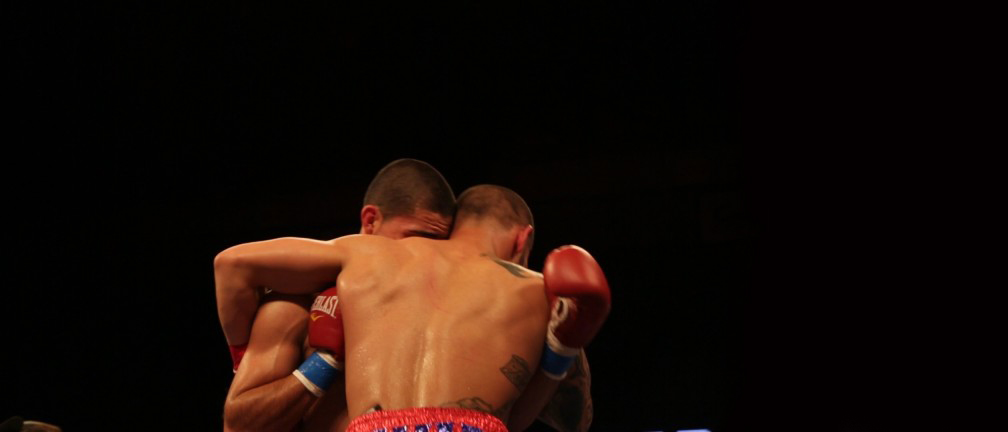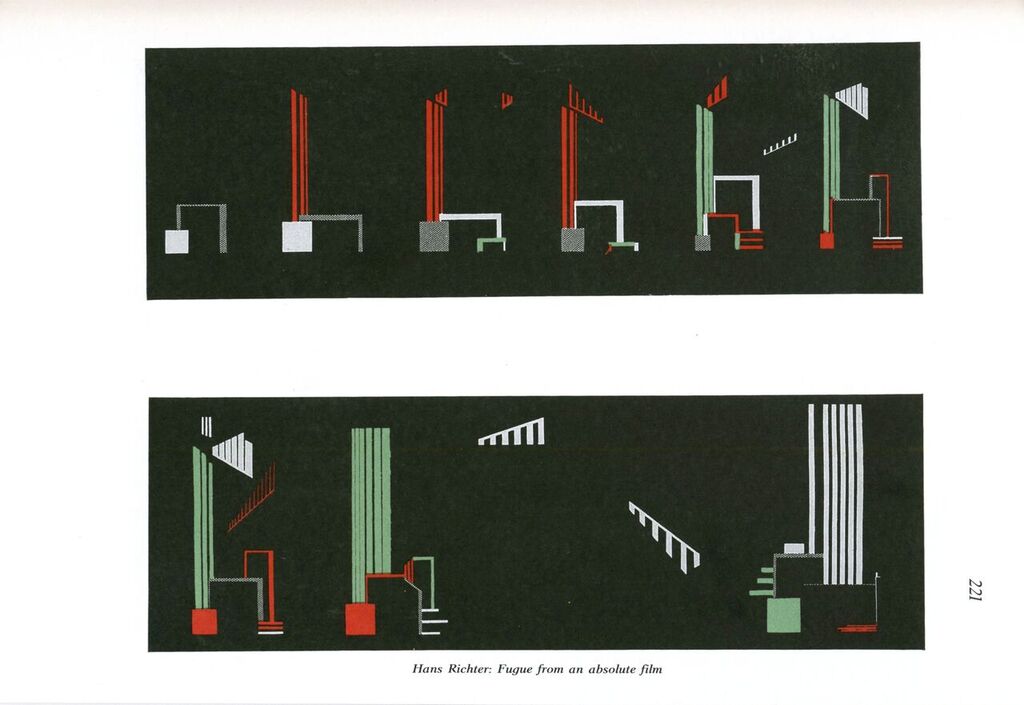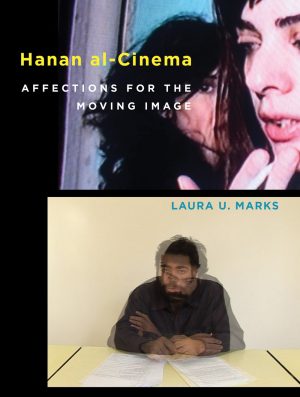Introduction / Issue 24: Corpus
In spring 2015, when the spread of Ebola invigorated an immune response for countries such as the United States to suspend air-travel in the face of a deadly epidemic, we speculated on vulnerabilities that loomed within and beyond the realm of public health. From ISIS to continuous global and environmental crises, the media’s pronouncement of threats posed to individuals and collectives alike were ubiquitous. As urgency slipped into a normative state of being, for Issue 24, we asked contributors to explore the various meanings of vulnerability in visual culture. If the rapid diffusion of the Ebola virus could be read as emblematic of the vulnerability of globalism to systemic failure, then what other figurative antigens and foreign bodies remained latent within the global collective? While raising the question of “vulnerability” in our call for papers, we concomitantly held a graduate conference on the theme of “collectivity” here at the University of Rochester. The wide array of submissions to the call for papers and the conference quickly led us to discover that “vulnerability” and “collectivity” were …






